Early man used natural items such as stone, charcoal, animal fat, minerals, shells, clay, reeds, and sand to create masterful works of "primitive" art. Evidence of these breathtaking pieces of early art decorate caves, cliff walls, and canyons throughout the world.
To honor this natural art style I celebrate the sand painting style of the Navajo tribal peoples of the desert southwest.
The Navajo word for sand painting means "a place where the gods come and go". Thus, sand paintings had great power and were often used for healing, teaching the traditional ways, and in tribal ceremonies. Sand paintings produced by the Navajo people are traditionally the most beautiful, elaborate, and complex.
The pigments used in a sand painting are obtained by collecting colored sandstone which is ground into a fine powder resulting in colors of rich reds, browns, and ochre yellow. Crushed charcoal is added to produce black. Cornmeal, pollen from plants, and pulverized flower petals add additional color to the palette. These are then sprinked by hand into traditional compositions.
The four plants, sacred to the Navajo and often used in sand paintings, are corn, beans, tobacco, and squash. Artistically interpreted, each of the plants is incoporated into this piece.
My drawing was also styled as a mandala which in certain Buddhist spiritual practices is thought of as a sacred space, a place for meditation, and is often represented in sand paintings.
"Primitive": A (Past) Illustration Friday Topic :)





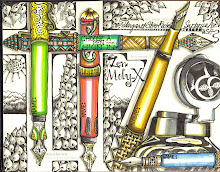
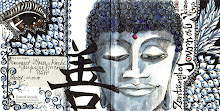










 "Cactus Monday"
"Cactus Monday"









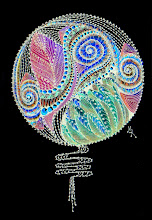



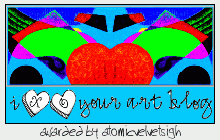

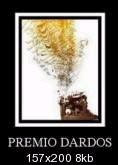



8 comments:
Oh Margaret, this is just so beautiful in design and colour...Just beautiful!
This is beautiful and a great tribute to the Navajo. Thanks for the info also.
Wow, great job and I loved reading about the sand paintings.
sandy
i love this and all primitive (african and aboriginal) art.
Wow, and more wow.
Apologies for the lack of coherent commentary! I am so very impressed by this piece.
This is lovely! I'm just starting to experiment with mandalas myself. Thanks for taking the time to give us a bit of background :)
This is awesome! I like the explanation behind it too. Any chance you'll make prints of some of these drawings?
What a lovely tribute to the Navajo people, Margaret. :)
I remember reading a book years ago written by a Navajo elder and he felt a strong kinmanship to the Tibetan people and, apparently, they are located as direct opposites on the world globe. It's interesting to note that the Tibetan monk sand mandalas are of great spiritual meaning too.
Post a Comment